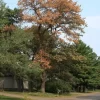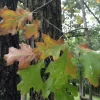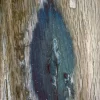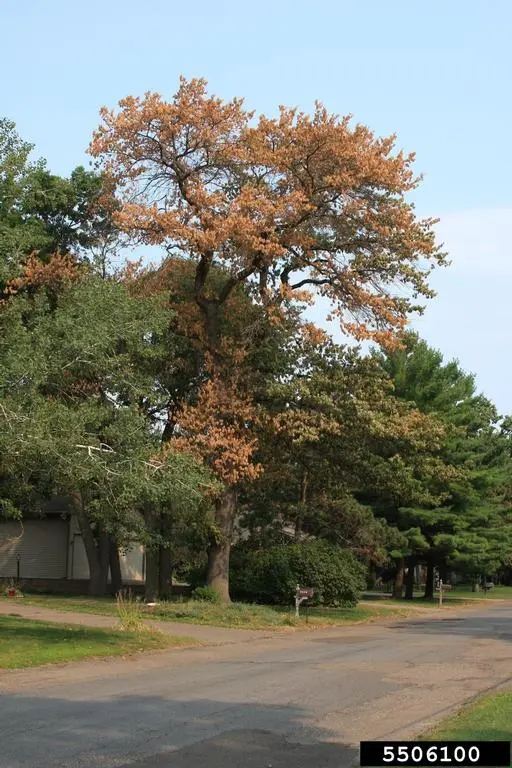X
CONTACT US
Great Lakes Center, SAMC 319
SUNY Buffalo State
1300 Elmwood Ave., Buffalo, NY 14222
wnyprism@buffalostate.edu
(716) 878.4708
SUBSCRIBE TO LISTSERV
FOLLOW US
CONTACT
Oak Wilt
COMMON NAME:
Oak WiltSCIENTIFIC NAME:
Bretziella fagacearumORIGIN:
UnknownDESCRIPTION:
Oak wilt is caused by a fungal pathogen (Bretziella fagacearum) that can kill many species of oak trees by blocking the tree's flow of water and nutrients. Mortality in red oaks (those with pointed leaf tips) can occur in as little as three weeks following infection while white oaks (those with rounded leaf tips) have more resistance and may take several years to succumb.HABITAT:
Oak wilt occurs in both red oaks including scarlet oak (Quercus coccinea), pin oak (Quercus palustris) and black oak (Quercus velutina), and white oaks including bur oak (Quercus macrocarpa) and chestnut oak (Quercus montana).THREAT:
The loss of oaks from our ecosystems would be catastrophic. Thousands of species are dependent on oak trees including mammals, birds, insects and fungus. In addition to environmental impacts, loss of oak trees lowers property values, and the presence of oak wilt forces municipalities and homeowners to pay for tree removal, which can be costly.MANAGEMENT:
To prevent the spread of oak wilt, it is recommended that oak trees are pruned between October and February and not during the growing season. If oak wilt is confirmed, root grafts must be broken, which is accomplished by trenching between oaks within 50 feet of the infected oak, and at a depth of at least three feet. Infected trees must be removed and then disposed of by debarking or chipping the wood. Oak wilt may also be transported in logs and firewood, so spread prevention includes not moving plant material from the infection site.
SYMPTOMS:
Oak wilt causes leaves to develop brown coloration beginning along the leaf margin and moving inwards. Dieback begins at the canopy and moves downward. White oaks die slowly and may die back one branch at a time. Alternatively, green leaves may suddenly drop off in the spring and summer. Within one year of tree death, a spore mat may grow underneath the bark of the tree, (primarily just in red oaks) leading to a vertical split in the bark.
WNY PRISM PRIORITY:
Tier 1
NYS Invasive Species Tiers Chart - Tier Definitions
Oak wilt has been found in the nearby Finger Lakes PRISM region.
ADDITIONAL RESOURCES:
NYS Prohibited and Regulated Species - Part 575:
PATHWAYS OF INVASION:
Oak wilt is primarily spread above ground by beetles and underground through root grafts. The fungal spores formed under the bark of dead trees attracts sap-feeding beetles that pick up and move active spores to the wounds of healthy trees such as those caused by physical damage or pruning during the growing season (March-September). Oak trees (primarily red oaks) often form root grafts between nearby trees, fusing their roots together. Nutrients and diseases such as oak wilt are able to move between these grafts and spread the disease locally. Oak wilt is also transport via logs and firewood.
Oak wilt is not prohibited or regulated in NYS, but NYSDEC will create a quarantine area around municipalities where infections are found. When a quarantine is in effect, no oak wood products may be transported out of the area. Nearby quarantine areas include Middlesex, Canandaigua and South Bristol.
REGIONAL DISTRIBUTION:
Not Present





